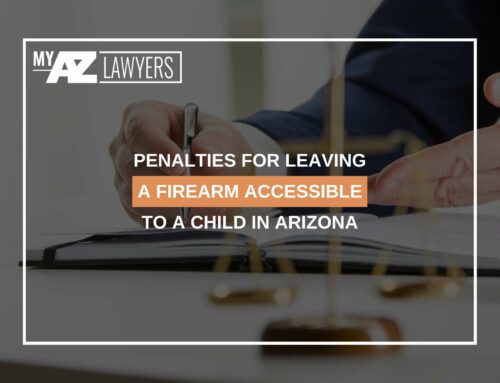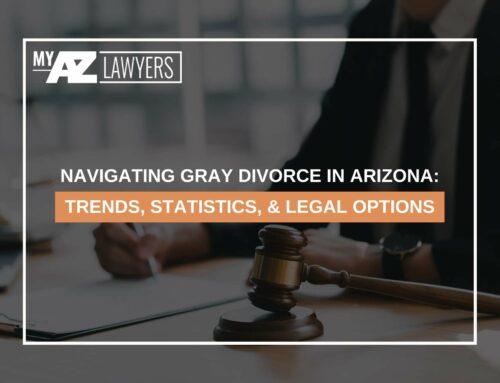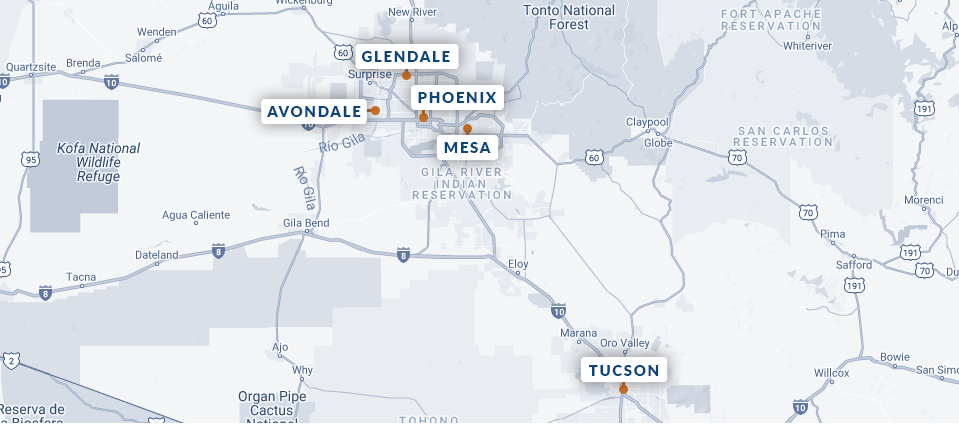How The Drahos Calculation May Apply To Your Arizona Divorce
How Is Property Divided When Divorcing In Arizona?
For most people considering divorce, the emotional pain and stress of going through the process is one of the most important issues. Another top concern is usually finances. There is much more math that goes into the divorce process than most people realize. Arizona is a community property state, so anything acquired during the marriage needs to be divided evenly should the spouses divorce. But things can get more complicated when an asset was purchased as separate property, but payments or improvements were made using community property funds. This is known as commingling, and fairly complicated calculations will be necessary to trace back how much of the property is separate property, and how much is part of the marital estate. You may find it very difficult to do the necessary calculations without the assistance of an Arizona family law attorney. For your free and confidential phone consultation, call 480-448-9800.

Community Property
As mentioned above, Arizona is a community property state. This method of property division works differently than equitable division, the other most commonly used method of property division. The law that makes Arizona a community property state is A.R.S. § 25-211. This law also dictates that property acquired by gift, devise or descent, as well as property acquired after a petition for separation or dissolution of marriage has been filed, is separate property. But any of this separate property can become commingled if it is improved or maintained with community property assets.
Community Liens
When a separate asset has become commingled, it is considered to have a community lien. Because it wouldn’t be fair for only one spouse to benefit from a separate property that experienced an increase in equity due to community property contributions, community liens allow for an equitable share of the asset to be apportioned to the spouses and divided like other community assets. A community property lien can be used on any type of asset, not just real estate.
Disclaimer Deeds
A disclaimer deed is used to disclaim one spouse’s interest in a separate property real estate asset. A mortgage lender may also require one spouse to sign a disclaimer deed if only the other spouse qualifies for a loan. While a disclaimer deed can title an asset as separate property, it doesn’t overrule commingling through community property contributions. Just because only one spouse qualifies for the mortgage doesn’t mean that the payments will necessarily be made with separate property funds. The spouse who signed a disclaimer deed is still due their share of any community lien on the property.
The Drahos Calculation
The concept that the community estate is due a share for community property contributions to separate property assets is set forth by the case Drahos v. Rens. In this case, a husband put $7,000 down on a $21,000 home the day before getting married. When the couple began the legal separation process, the home was worth $80,000. While the wife passed away during the court proceedings, the case arose because the husband appealed the court’s decision to award the wife a community equitable lien in the house despite its separate property status. The court ruled that the community lien was necessary in accordance with Arizona community property laws.
Because of this case, the method of calculating a community property line on a separate property asset is known as the Drahos calculation. This calculation can be represented as:
C + [(C/P) x A]
C= Community property contributions
P= Principal price
A= Appreciation
This equation is easier to understand when you see it applied in a real-life situation. Let’s say a wife purchased a house worth $100,000 shortly before marrying her husband. She put $30,000 down on the house, and the mortgage was paid out of a joint account. That means that $70,000 of the mortgage was paid with community property funds. She later catches him cheating on her with her best friend and files for divorce. At this point, the home is worth $300,000. That equates to a $200,000 appreciation in the home’s value. That would make the Drahos calculation as follows:
70,000 + [(70,000/100,000) x 200,000] = 210,000
While the house is considered the wife’s separate property because she purchased it before the marriage, the $210,000 represents the community lien on the property. That doesn’t mean that the husband gets $210,000- it means that the wife gets $90,000 from separate property and the community estate gets $210,000. Because the community estate must be divided between the spouses evenly, each spouse would be due $105,000 of the community lien. That brings the totals to $195,000 for the wife and $105,000 for the husband.
Options For Dealing with a Community Lien
The spouse who bought a separate property that was commingled with community assets usually gets to keep the asset in the divorce. However, if there aren’t enough other assets to credit the other spouse for their community property share, they may need to get more creative.
- Selling the home: Selling the home is a simple way to get cash and split it based on the Drahos formula. The spouses may need to hire an appraiser to make sure the home sells for the right price. However, the spouse with a separate property share might not wish to sell and will need to explore other options.
- Paying off the other spouse: If there’s enough money in the bank, the home can be appraised and the spouse with a separate property share can pay their spouse their community property share. This can also be done by agreeing to cede other valuable assets.
- Agreeing to spousal support: You might find yourself in a situation where your spouse is due a portion of your separate property asset, but you don’t have the funds to buy them out. Offering to pay spousal support could be a compromise to allow you to informally pay off the community lien when your spouse might not otherwise be entitled to spousal support. You should review the factors on spousal support in Arizona with a family law attorney before making any such agreements.
Arizona Family Lawyers Experienced with Complicated Property Division
There are so many intricacies to Arizona family law that you could be quite surprised when you find out how much you are entitled to in a divorce. You may need to find creative solutions to community property liens on separate property assets. It’s crucial that you have any divorce or separation agreements- or disclaimer deeds- reviewed by an attorney before signing them. But many people are too overwhelmed by the divorce process and the potential costs of hiring an attorney to even schedule a consultation. While hiring a quality divorce attorney may come with more costs at the start, you could end up paying far more in an unfavorable divorce agreement if you represent yourself. You owe it to yourself to consult with My AZ Lawyers to learn more about your rights, at the very least. If you decide we’re the right firm to represent you in your divorce, we’ll provide you with an affordable payment plan for your attorney’s fees. To get started with your free and confidential phone consultation, call 480-448-9800.
Arizona Offices:
Mesa Location:
1731 West Baseline Rd., Suite #100
Mesa, AZ 85202
Office: (480) 448-9800
Email: info@myazlawyers.com
Website: https://myazlawyers.com/
Phoenix Location:
343 West Roosevelt, Suite #100
Phoenix, AZ 85003
Office: (602) 609-7000
Glendale Location:
20325 N 51st Avenue Suite #134, Building 5
Glendale, AZ 85308
Office: (602) 509-0955
Tucson Location:
2 East Congress St., Suite #900-6A
Tucson, AZ 85701
Office: (520) 441-1450
Avondale Location:
12725 W. Indian School Rd., Ste E, #101
Avondale, AZ 85392
Office: (623) 469-6603














